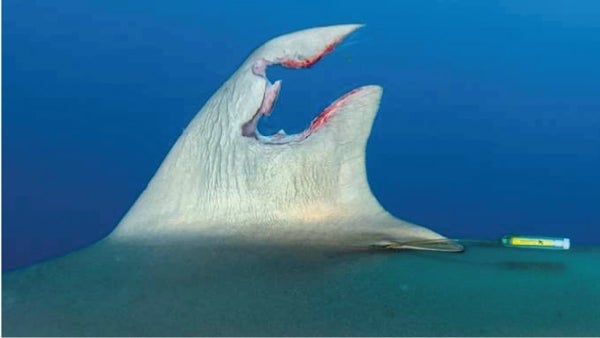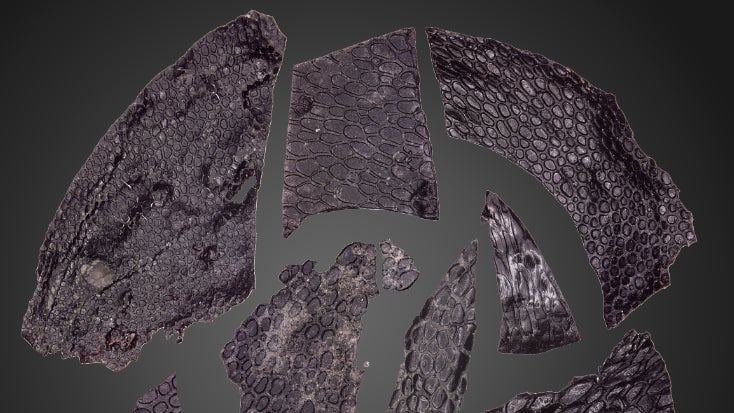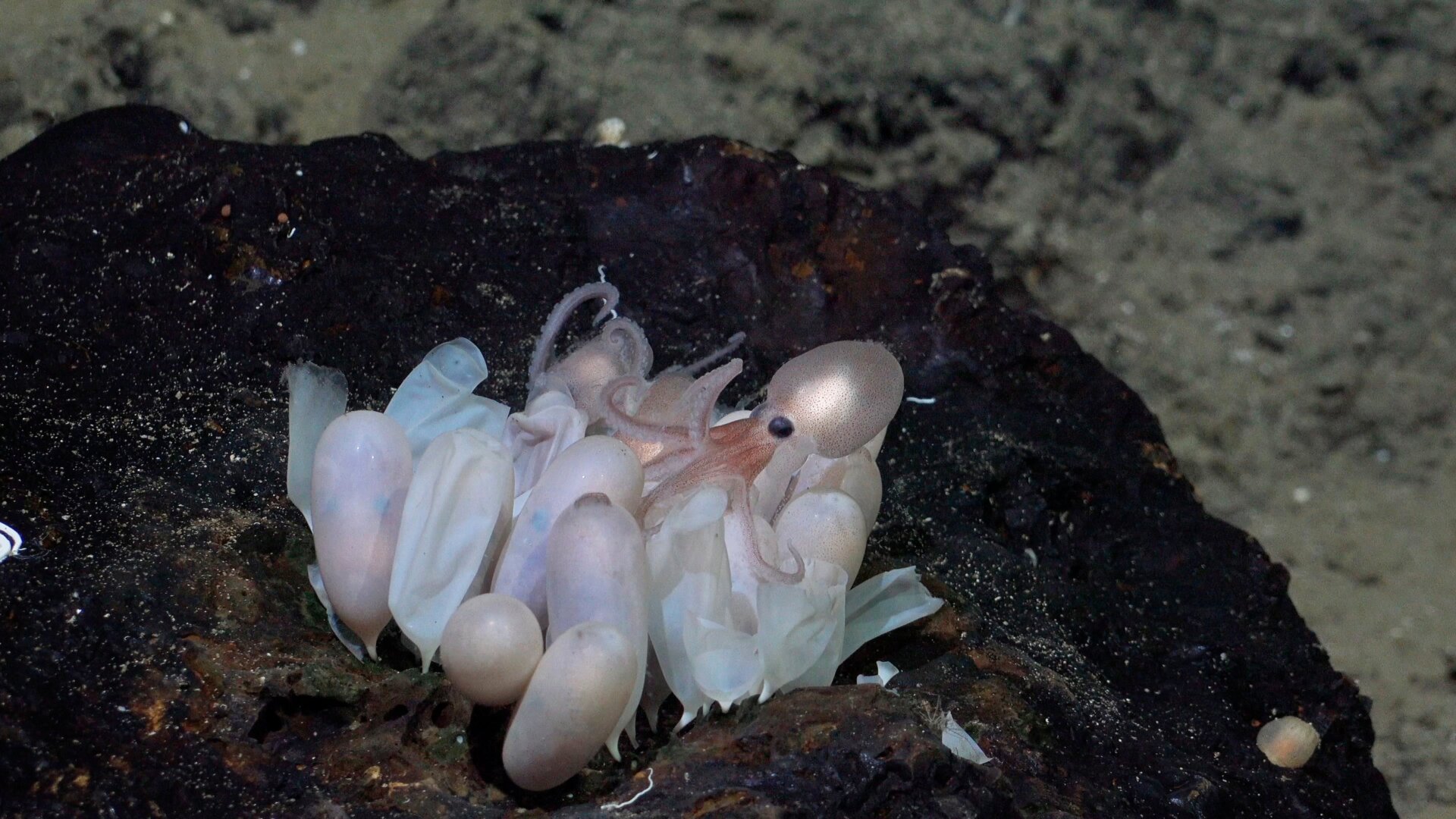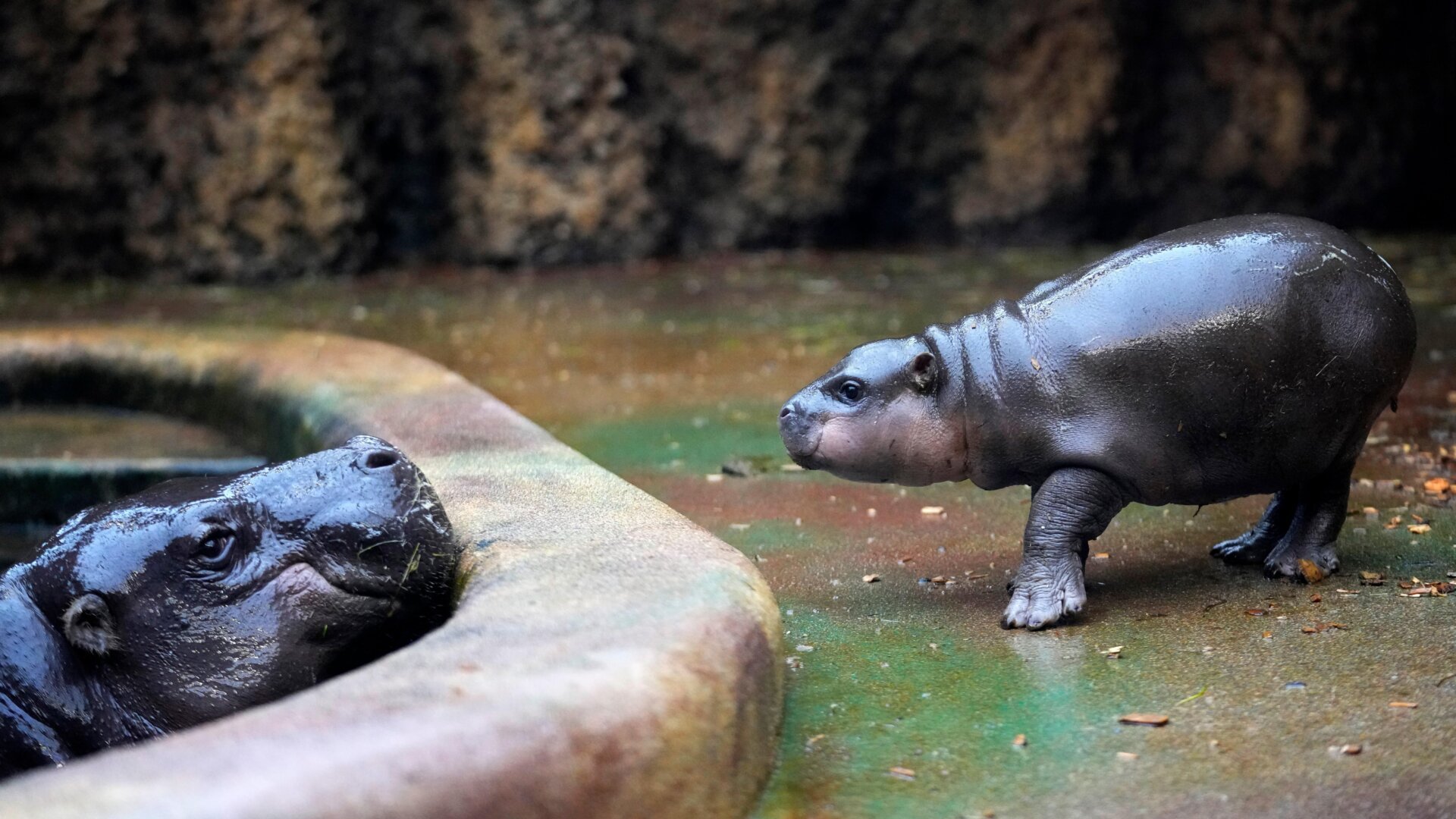Silky sharks, found in oceans worldwide excluding Europe and Antarctica, are vulnerable to overfishing. A recent study published in the Journal of Marine Sciences highlights the remarkable regenerative abilities of these sharks. The research focuses on a specific silky shark observed off the Florida coast, providing insights into their healing process and the impact of human interaction.
A silky shark, initially tagged with a satellite tracker in June 2022, was later photographed in July with a significant portion of its dorsal fin missing. The missing tissue corresponded to the area where the satellite tag had been attached. Researchers suspected the tag was either damaged or lost, as data transmission ceased shortly after tagging. The Florida Museum describes silky sharks as commonly found in open ocean and shallower coastal waters, increasing the likelihood of encounters with humans. This interaction, coupled with overfishing, as noted by the Shark Trust, contributes to their vulnerable status.
Remarkably, 332 days later, divers identified the same shark through a NOAA dart tag still attached to the base of its dorsal fin. The wound had significantly healed, with the top and bottom portions of the fin fusing together and new tissue filling the gap. Chelsea Black, a researcher at the University of Miami and the study’s author, observed that the fin had essentially reshaped itself.
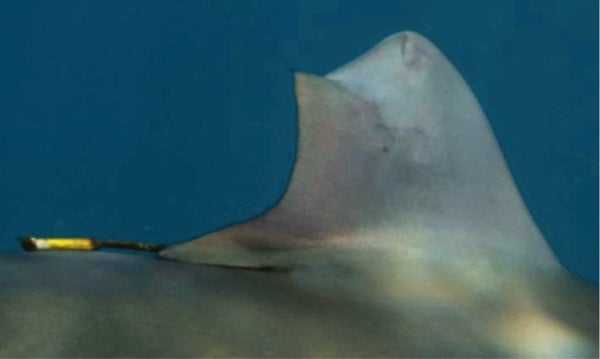 Regenerated dorsal fin of a silky shark, photographed in May 2023.
Regenerated dorsal fin of a silky shark, photographed in May 2023.
Black concluded that the shark was likely caught and then released back into the ocean after having its satellite tag forcefully removed. This act not only caused a traumatic injury but also resulted in the loss of valuable data crucial for understanding and protecting the species.
The study revealed that the fin had regenerated to approximately 87% of its original size. Black estimated the wound closure occurred within 42 days, aligning with healing rates observed in other elasmobranchs (sharks, rays, and skates).
Had the entire fin been amputated, regeneration likely wouldn’t have been possible. However, in this instance, enough of the fin remained to facilitate healing through a combination of regenerated and scar tissue.
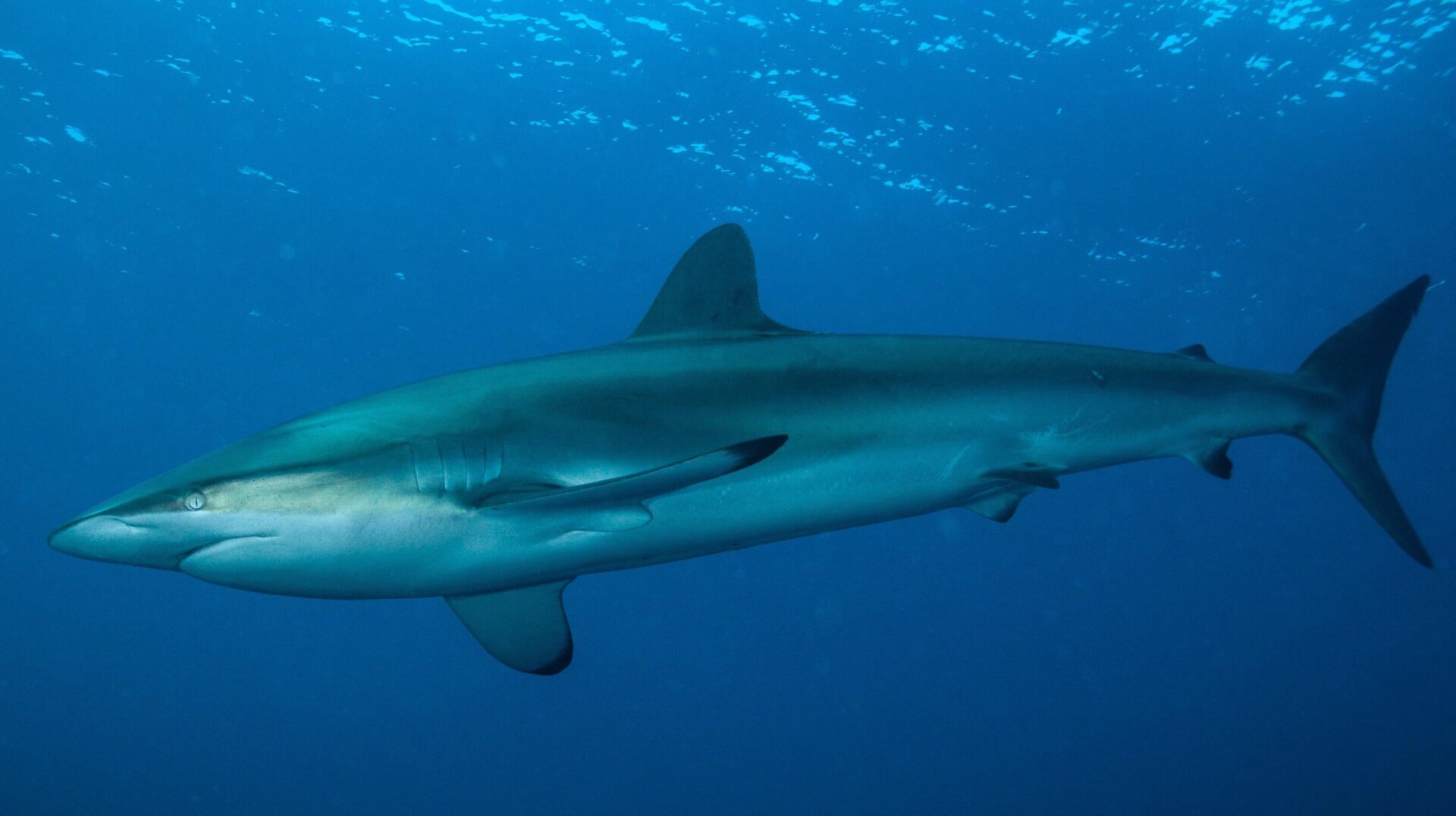 A silky shark (Carcharhinus falciformis) in its natural habitat.
A silky shark (Carcharhinus falciformis) in its natural habitat.
While the shark’s recovery is encouraging, the incident underscores the importance of responsible interactions with marine life. The loss of the satellite tag hindered researchers’ ability to gather crucial data on migration patterns, breeding habits, and other vital aspects of silky shark behavior. Tracking sharks is essential for understanding and protecting these vulnerable creatures.
This case highlights the resilience of silky sharks and their ability to recover from injuries. However, it also serves as a reminder of the negative impact human actions can have on these animals and the importance of conservation efforts.



